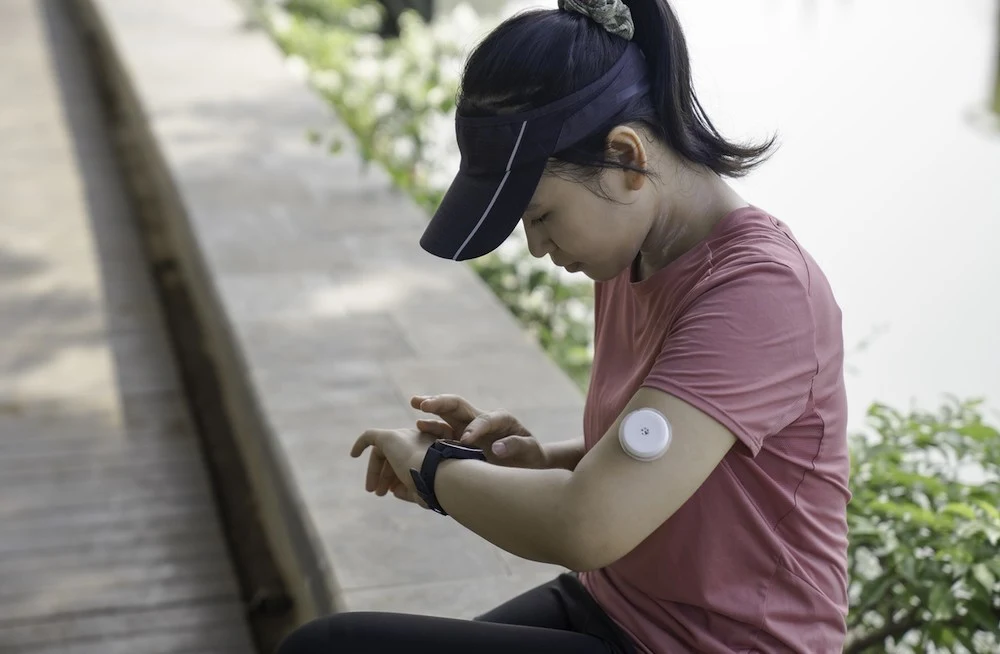Millions of people could soon wear blood sugar monitoring devices after regulators cleared two new devices for use without a prescription. Is this a step towards better health, or just another data-driven distraction?
Continuous glucose monitors (CGMs), which track glucose levels in real time, have long been used by diabetics. Recently, Abbott Laboratories announced FDA approval for two over-the-counter CGMs, including one for non-diabetics. The use of CGMs is rising, with their distinctive arm patches becoming common sights in major cities. However, experts warn there is little evidence supporting the use of these expensive devices for non-diabetics, with costs reaching up to $300 per month.
Abbott’s Lingo, a CGM for non-diabetics, is marketed to consumers interested in improving their health. While CGMs have proven beneficial for diabetics, many experts argue there is scant evidence supporting their use for non-diabetics and caution they may lead to unnecessary fixations.
The CGM market is booming, with projected global sales reaching $20 billion over the next four years. Earlier this year, the FDA cleared an over-the-counter CGM by Dexcom for type 2 diabetics who want to avoid finger-prick tests. New startups like Signos, Nutrisense, and Levels Health market these devices as tools for managing energy, mood, and metabolism.
Despite growing interest, many experts remain skeptical, pointing out that glucose spikes are symptoms of diabetes, not causes. They also note the lack of evidence showing CGMs benefit non-diabetics, though there’s no evidence they cause harm.
Critics argue that CGMs can shift focus from essential health practices like regular exercise and a nutrient-rich diet to minor and potentially misleading data points. This shift, they warn, could lead to problems such as disordered eating.
Image credit: iStock






